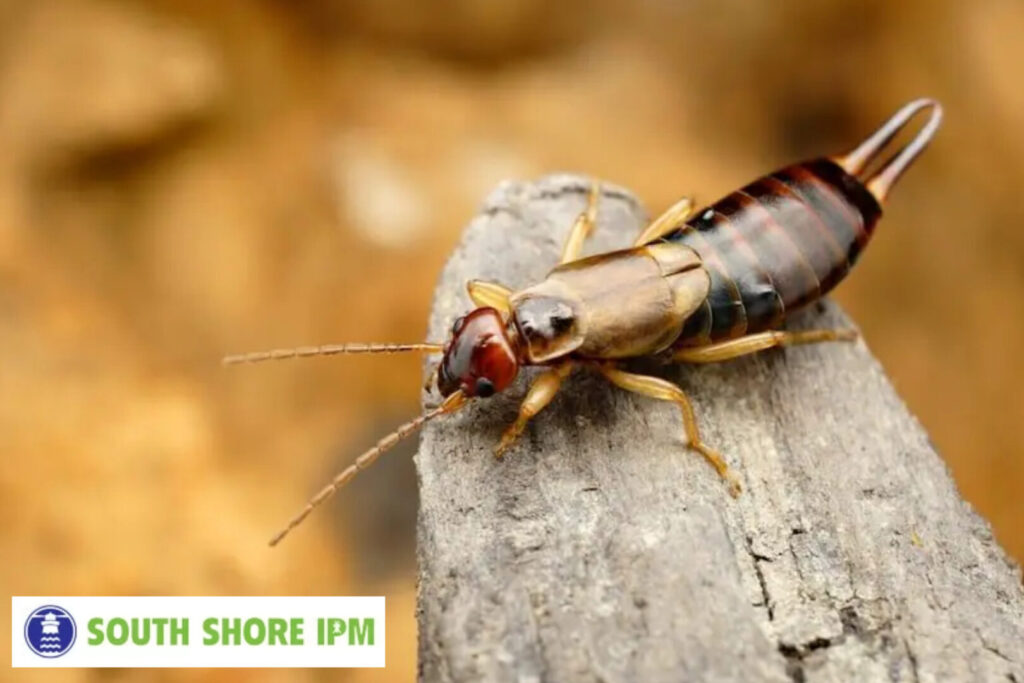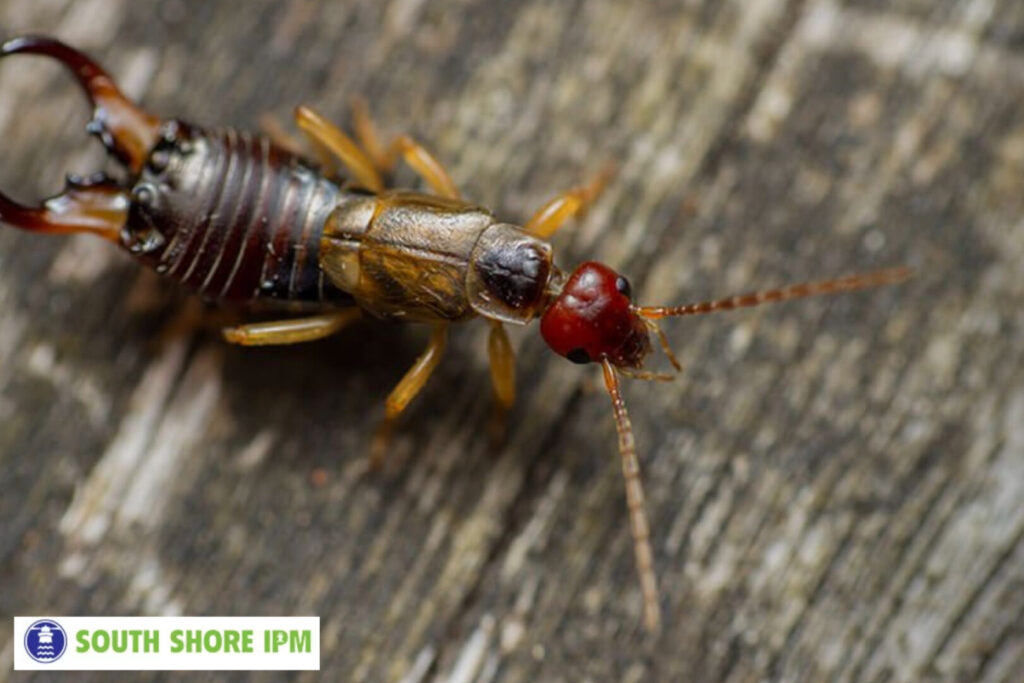The Truth About Flying Earwigs: Should You Be Concerned?
Earwigs are one of those pests that make many homeowners uncomfortable, especially when they spot them indoors. But when earwigs take flight? That’s when concern really begins to rise. The question is: Should you be concerned about flying earwigs? And more importantly, what should you do if they become a nuisance?
In this article, we’ll uncover the truth about earwigs with wings, what makes them fly, whether they pose a threat, and how to manage them effectively.
What Are Earwigs?
Earwigs are small insects typically recognized by their elongated bodies and pincers (also called forceps) on their abdomens. Most species are about 5 to 25 millimeters long and vary in color from brown to reddish-brown. Despite urban legends, earwigs do not crawl into people’s ears at night or burrow into brains; this is pure myth.
Can Earwigs Fly?
Yes, can earwigs fly is a common question and the answer is both yes and no. While many species of earwigs do have wings, they are not known for flying often or well. Their hind wings are thin and folded under short forewings, and they only fly when absolutely necessary, such as in response to threats or changes in environmental conditions.
Their flight is more of a glide or short flutter rather than sustained or purposeful movement. So, while it’s technically true that some earwigs can fly, it’s not a regular part of their behavior.
Why Are There Flying Earwigs in Your Home?
If you see earwigs with wings inside your home, several factors might be drawing them in:
1. Moisture and Humidity
Earwigs thrive in damp environments. Kitchens, bathrooms, basements, and laundry rooms are common indoor hotspots.
2. Food Sources
Earwigs feed on decomposing plant matter, tiny insects, and sometimes household pantry items like fruits and vegetables.
3. Shelter
During hot or dry weather, earwigs may seek cooler, moist places indoors. Flying or crawling in through gaps in windows, doors, and foundations is common.
4. Outdoor Infestation
A larger infestation outside your home under mulch, in leaf piles, or around your foundation can increase the likelihood of them wandering (or flying) indoors.
Are Flying Earwigs Dangerous?
While their pincers may look intimidating, earwigs are not harmful to humans. They do not sting, transmit diseases, or cause structural damage to homes. However, some people ask, silverfish vs earwig because both pests are often found in similar environments.
Silverfish are wingless and move quickly with a wiggling motion. Unlike earwigs, they tend to cause more concern in terms of property damage, as they feed on paper, glue, and fabrics. On the other hand, earwigs pose more of a nuisance due to their appearance and occasional presence indoors.
How to Prevent and Manage a Flying Earwig Infestation
1. Eliminate Moisture
Seal leaks, use dehumidifiers, and increase ventilation in damp areas of the home.
2. Seal Entry Points
Inspect and seal cracks around doors, windows, and foundations. Use weather stripping and door sweeps.
3. Outdoor Maintenance
Remove mulch, leaf piles, and dense vegetation close to your home’s foundation. Trim bushes and eliminate organic debris that can harbor earwigs.
4. Proper Lighting
Earwigs are attracted to bright lights at night. Use yellow or sodium vapor bulbs outside, which are less appealing to insects.
5. Apply Treatment
If you have a persistent issue, a professional pest control service can help apply treatment using green and safe pesticides that are pet- and family-friendly.
6. Call a Professional
If you find yourself frequently Googling earwig control near me, it may be time to bring in the experts. A trained pest management team will assess your property and implement a comprehensive treatment and prevention plan.
When to Be Concerned
While earwigs don’t pose a direct danger, frequent sightings especially of flying individuals could signal a larger infestation inside or around your home. Also, large numbers of earwigs can become unsettling and overwhelming for many homeowners.
Earwigs are often confused with other pests. If you’re unsure about what’s invading your space, contact a Boston pest control professional to properly identify the issue and recommend a course of action.
Conclusion
The truth is: Flying earwigs are not as terrifying as they seem. While some can fly, it’s not their go-to method of movement, and they are far more likely to crawl their way indoors. The real concern lies in what draws them into your home in the first place moisture, shelter, and food sources.
If you’re dealing with recurring sightings or simply want peace of mind, contacting a trusted expert in pest control Boston services can make all the difference.

About South Shore IPM
At South Shore IPM, we recognize the importance of maintaining a pest-free environment in your home or workplace. Unwanted pests not only disturb your peace of mind but also pose risks to your health and property. That’s why our team is committed to delivering reliable, eco-friendly pest control solutions that are tailored to your specific needs.
Whether you’re dealing with ants, termites, stinging insects, rodents, mosquitoes, or bed bugs, we have a treatment plan for you. Our services include bi-monthly, quarterly, and semi-annual options with flexible pricing. We also offer organic mosquito control, mouse control, and Sentricon termite monitoring. Emergency service is available, and all treatments are backed by our satisfaction guarantee.
Our mission is to build long-term relationships through exceptional service, green and safe pesticides, and a commitment to community health. We proudly serve Boston and surrounding Massachusetts areas.







